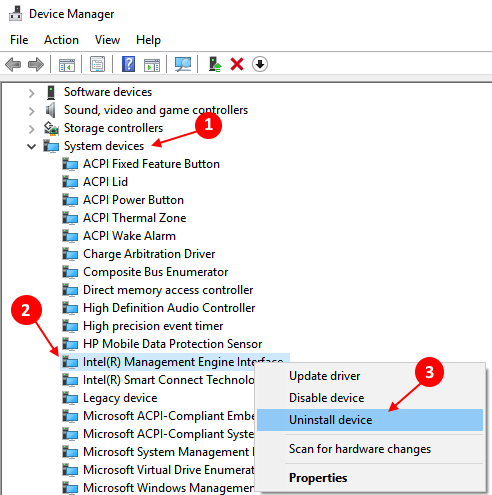

Intel CSME is the new architecture for Intel AMT 11.What Is new with the Intel® Active Management Technology SDK Release 11.0 Platform (mobile and desktop): 6th generation Intel® Core™ processor.Details for the 2016 platforms with Intel vPro technology (Release 11.x) are:.The hardware configuration captured by the BIOS at startup.Other configuration information, such as lists of alerts and Intel AMT System Defense policies.Setup and configuration parameters such as passwords, network configuration, certificates, and access control lists (ACLs).Intel AMT stores the following information in flash (Intel ME data): RAM slot 0 must be populated and powered on for the firmware to run. The firmware executes on the Intel® processor with Intel ME and uses a small portion of the DDR RAM (Slot 0) for storage during execution.On power-up, the firmware image is copied into the Double Data Rate (DDR) RAM.A remote application performs the enterprise setup and configuration. Enable the Intel AMT capability by using Intel CSME as implemented by an OEM platform provider.

Flash memory stores the firmware image.The Intel CSME firmware contains the Intel AMT functionality.The NIC changes according to which Intel AMT release you are using. Pay attention to the network connection associated with the Intel® Management Engine (Intel® ME). Intel® Active Management Technology 11 Architecture

Figure 1 shows the relationship between these elements.įigure 1. As a component of the Intel® vPro™ platform, Intel AMT uses a number of elements in the Intel vPro platform architecture. The Intel® Converged Security and Manageability Engine (Intel® CSME) powers the Intel AMT system. Platforms equipped with Intel AMT can be managed remotely, regardless of its power state or if it has a functioning OS or not. Intel AMT is part of the Intel® vPro™ technology offering. What is Intel® Active Management Technology? Refer to the Intel AMT Implementation and Reference Guide located in the Docs folder of the Intel AMT SDK for more details. In order to manage an Intel AMT client or run the samples from the SDK, use a separate system to remotely manage your Intel AMT device. For a complete list of system requirements see the Intel AMT Implementation and Reference Guide. Intel AMT Release 2.0 and higher supports only Windows-based local applications. Intel AMT supports remote applications running on Microsoft Windows* or Linux*. It provides an overview of the features, as well as information on minimum system requirements, configuration of an Intel AMT client, and the developer tools available to help create applications for Intel AMT.
#INTEL R MANAGEMENT ENGINE COMPONENTS INSTALLER DRIVER HOW TO#
This document contains information on how to get started with Intel® Active Management Technology (Intel® AMT). Intel management engine components что это.


 0 kommentar(er)
0 kommentar(er)
